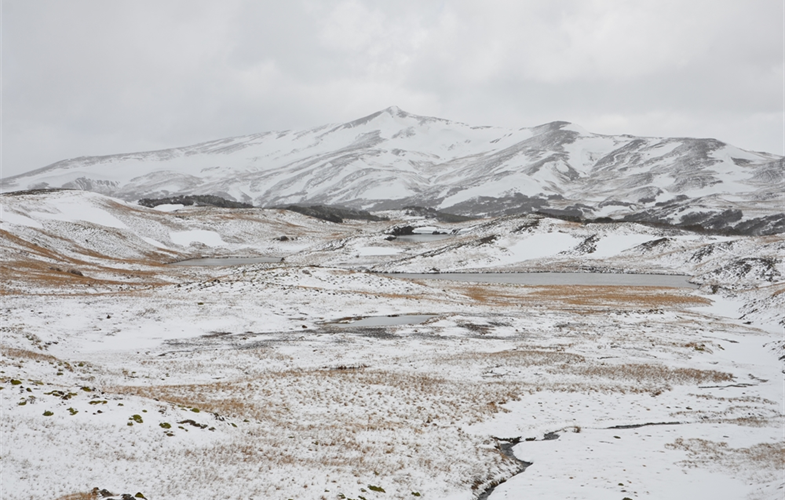The Wildlife Conservation Society (WCS) collaborated with various partners to model the changes in the world’s 45 different “life zones” due to climate change. The study showed that climate impacts could soon triple over these regions if the Earth continues “business-as-usual” emissions.
 Karukinka Landscape, Tierra del Fuego. Image Credit: Cristian Samper/WCS.
Karukinka Landscape, Tierra del Fuego. Image Credit: Cristian Samper/WCS.
Life zones are exclusive biogeographic regions with the characteristics of precipitation, biotemperature and aridity, representing wide-scale ecosystem types.
The study showed that the life zones of the world have already undergone changes from the early 1900s until today across all biomes, most significantly in Tropical Coniferous Forests, Boreal Forests and Temperate Coniferous Forests.
This includes influences on 27 million square kilometers (10.4 million square miles) or 18.3% of Earth’s land. There has been a poleward shift in the boundaries between life zones towards higher elevations, resulting in expansions of zones related to equatorial climates and contractions of zones related to temperate climates.
Predicted future changes are anticipated to speed up quickly, particularly if the world does not act on decreasing emissions. This includes additional impacts to an additional 62 million square kilometers (24 million square miles) or 42.6% of Earth’s land under “business-as-usual.”
Life zones related to subpolar rain tundra, moist tundra and wet tundra have been predicted to experience the highest reductions. By contrast, while tropical rain forests, tropical wet forests and cool temperate moist forests have been predicted to undergo the highest increases. Polar and boreal latitudes are predicted to undergo major losses of area, though their huge extent will help compensate for some of these predicted losses.
The likely future changes in the world’s life zones is likely to have a substantial impact on people livelihoods and biodiversity. Large areas of the world are getting hotter and drier and this is already impacting the earth’s life zones.
Dr. Paul Elsen, Study Lead Author and Climate Adaptation Scientist, WCS
According to Dr. Hedley Grantham, Director of Conservation Planning at WCS and coauthor of the study, “COP26 is our best chance of countries committing to reducing emissions and putting us on a better future pathway for climate change and its impacts.”
Journal Reference:
Elsen, P. R., et al. (2021) Accelerated shifts in terrestrial life zones under rapid climate change. Global Change Biology. doi.org/10.1111/gcb.15962.